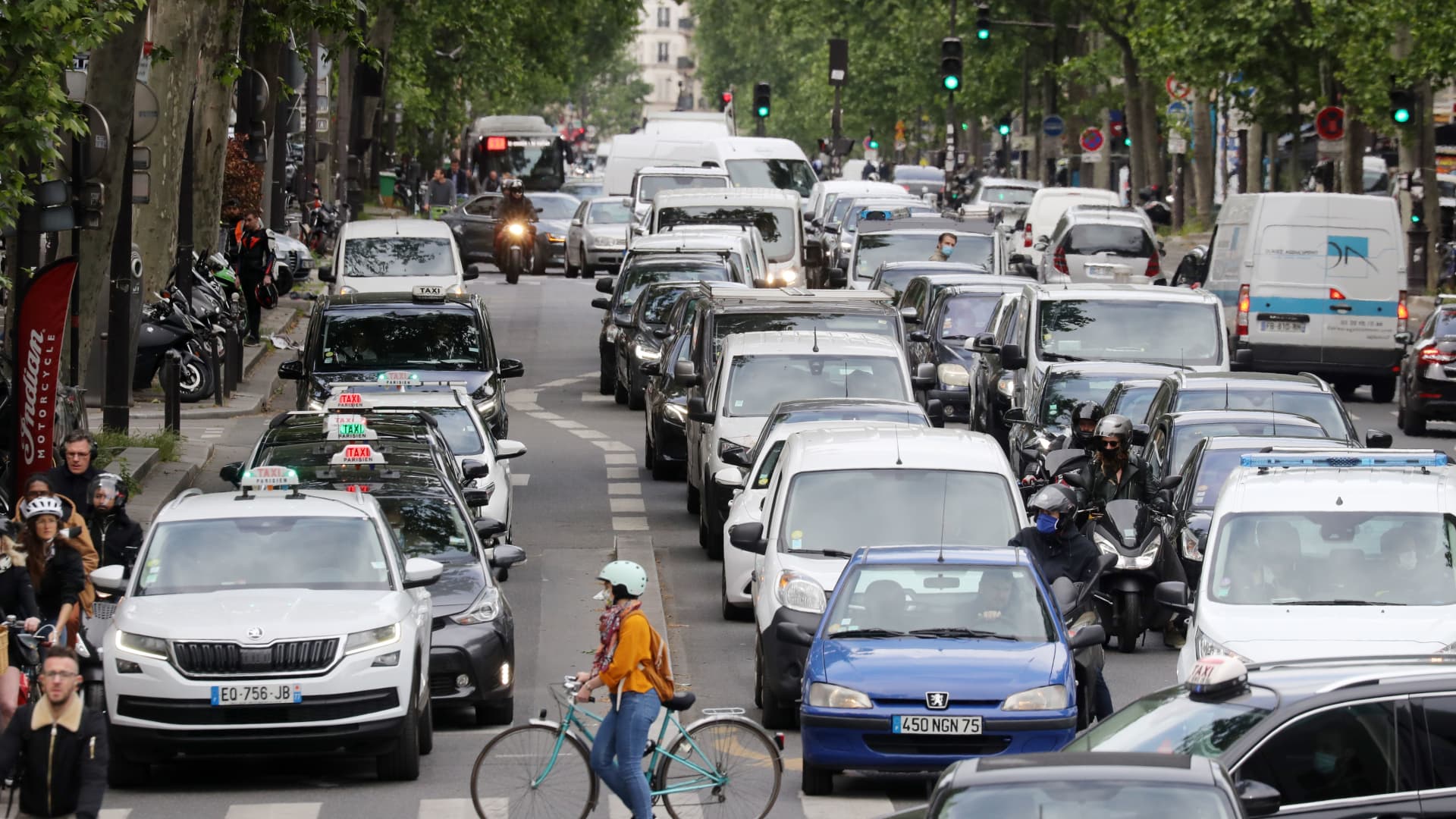Cruise Is First Company Offering Autonomous Rides For A Fare In California

Earlier this month, we missed a cool milestone in the development of autonomous vehicles. GM’s autonomous vehicle division, Cruise, recently got California’s first permit to charge a fare for rides in driverless vehicles. This came after a review of operations by the California Public Utilities Commission (CPUC).
“We’re grateful to the CPUC for their thoughtful review and approval of our application, and we’ll continue our close coordination with regulators and community stakeholders as we expand our service and improve our product.” the company said in a press release. “Collaborating closely with the communities we serve will only become more important as we continue to deploy this transformative technology.”
If you live in a city with Cruise cars, don’t expect to get a ride back home from the bar this weekend, though. For one, the company is only going to offer driverless rides for a fee in San Francisco for now. They want to gradually expand operations and not try to go for full-scale operations all at once, which is a good idea given the challenges they’re likely to face and need to adapt to.
“Crossing the threshold into commercial operations isn’t just big news for Cruise alone. It is a major milestone for the shared mission of the AV industry to improve life in our cities. And it’s a giant leap for our mission here at Cruise to save lives, help save the planet, and save people time and money.” they said.
How To Take A Robotic Ride
People interested in getting a ride from Cruise in the San Francisco area will need to sign up at GetCruise.com. I can’t tell you what the signup process is like, as I don’t live in California, but The Verge has more information about that for us.
Rides without a driver are a little cheaper than hailing an Uber or a cab, but not by as much as you’d think. In one example, the price of an Uber is $10.41, while Cruise charges $8.72. Given how much of the cost of an Uber ride is the expense of having a driver, it seems like this could be cheaper, but we also have to consider that Uber operated at a loss for years and now only turns fairly small profits (which some sources don’t consider to be true profits, but that’s outside of my wheelhouse). If Cruise can come in below Uber’s prices but turn steady and indisputable profits, we could have sustainably cheap rides from driverless services, which is good for passengers.

The interior of the Cruise Origin is built from the ground up for passenger service instead of being built for a driver. Image provided by Cruise.
When it comes to the vehicles themselves, expect to keep seeing modified Chevy Bolt EVs. That’s what the company intends to run until production of the Cruise Origin starts at Factory ZERO. Its design is geared toward not having a driver at all instead of being a modified car that was originally meant for a driver. By optimizing for passengers only, they’re able to make for a lot more room and ease of access for passengers, and potentially some safety benefits.
All images provided by GM/Cruise.
Check out our brand new E-Bike Guide. If you’re curious about electric bikes, this is the best place to start your e-mobility journey!
Appreciate CleanTechnica’s originality and cleantech news coverage? Consider becoming a CleanTechnica Member, Supporter, Technician, or Ambassador — or a patron on Patreon.
Advertisement
 This post has been syndicated from a third-party source. View the original article here.
This post has been syndicated from a third-party source. View the original article here.





